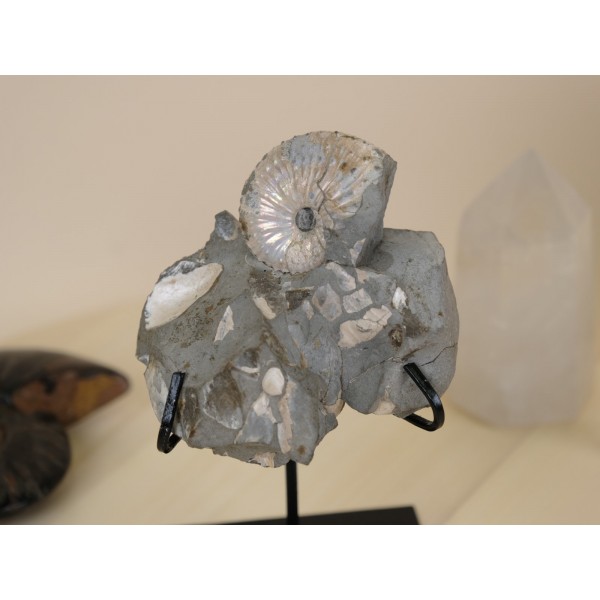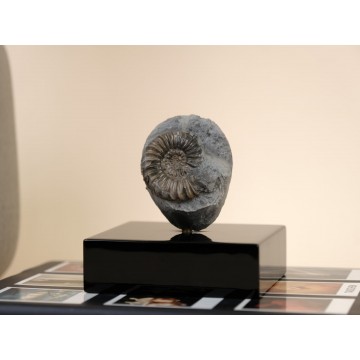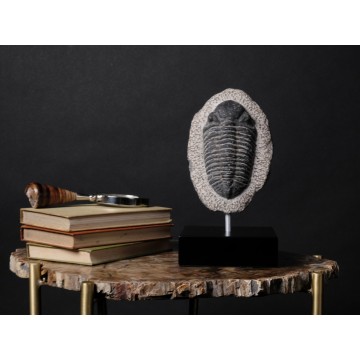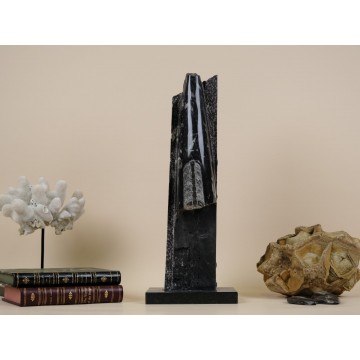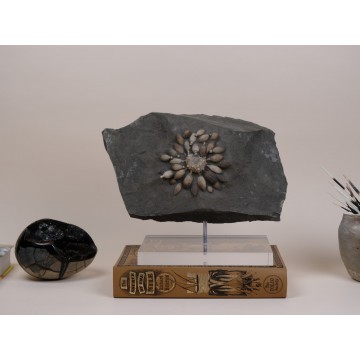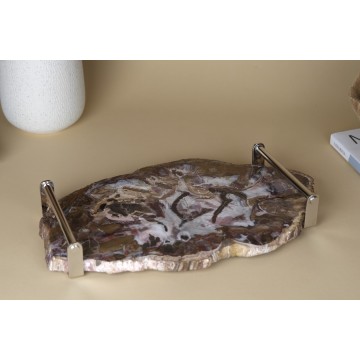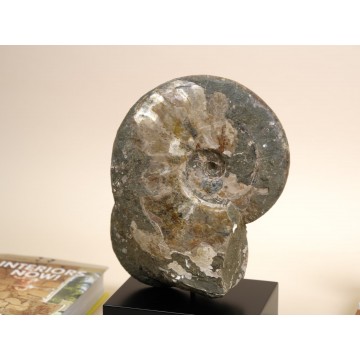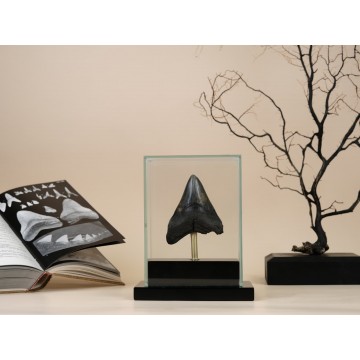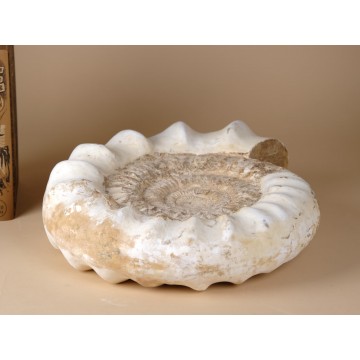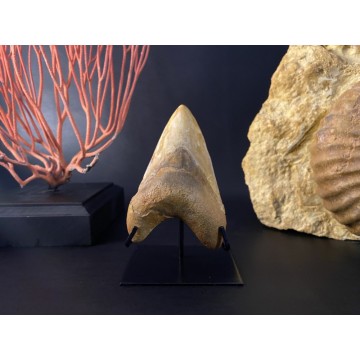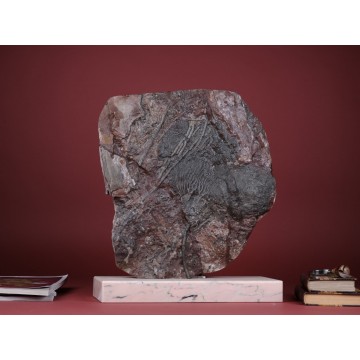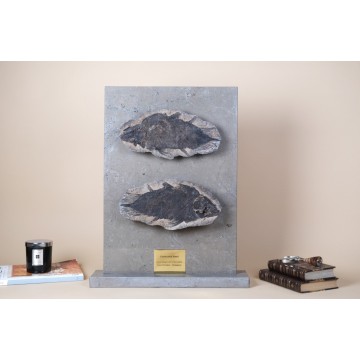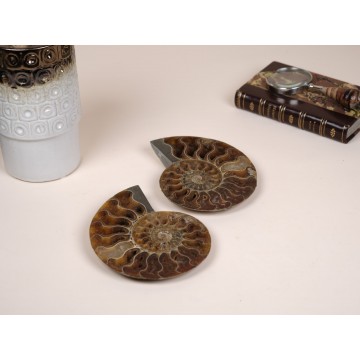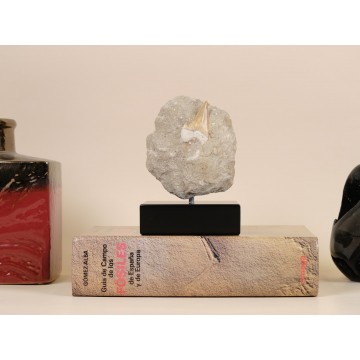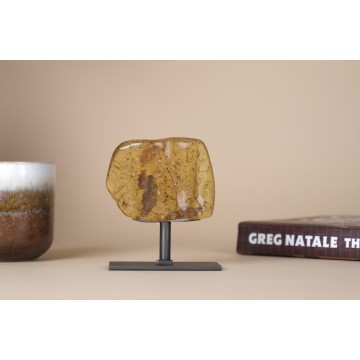Cleoniceras besairiei (Collignon, 1949), cut and polished pair. They are lovely specimens that show the individual chambers of the Ammonite in great detail with all interior cristalized. They are from the Lower Cretaceous – Albian period (100 – 115 million years) from Mitsinjo, near Majunga.
Think of the Ammonite spirals as a filter, drawing in these dense energies which are no longer needed, moving them through the spirals and releasing them as fresh, positive, loving life force energies. The Ammonite is a very powerful earth healing fossil.
Ammonites are often used for activating Kundalini and life path energies. It is often recommended to keep an Ammonite in your home to attract health, prosperity and success.

